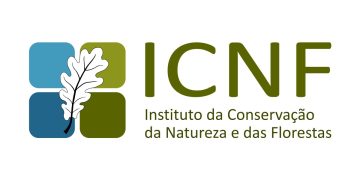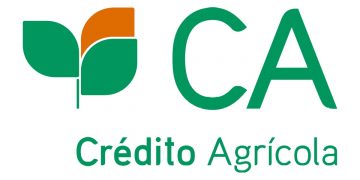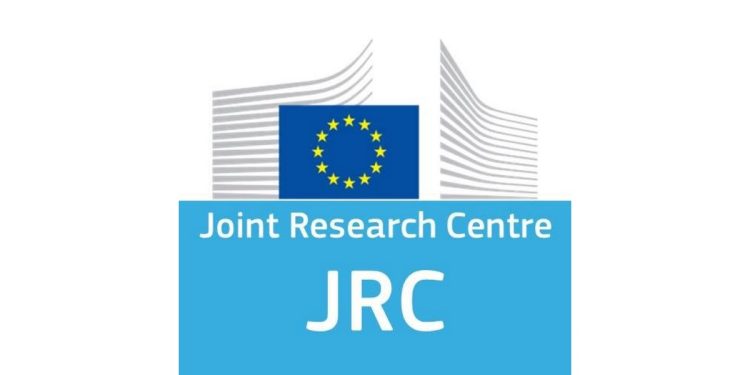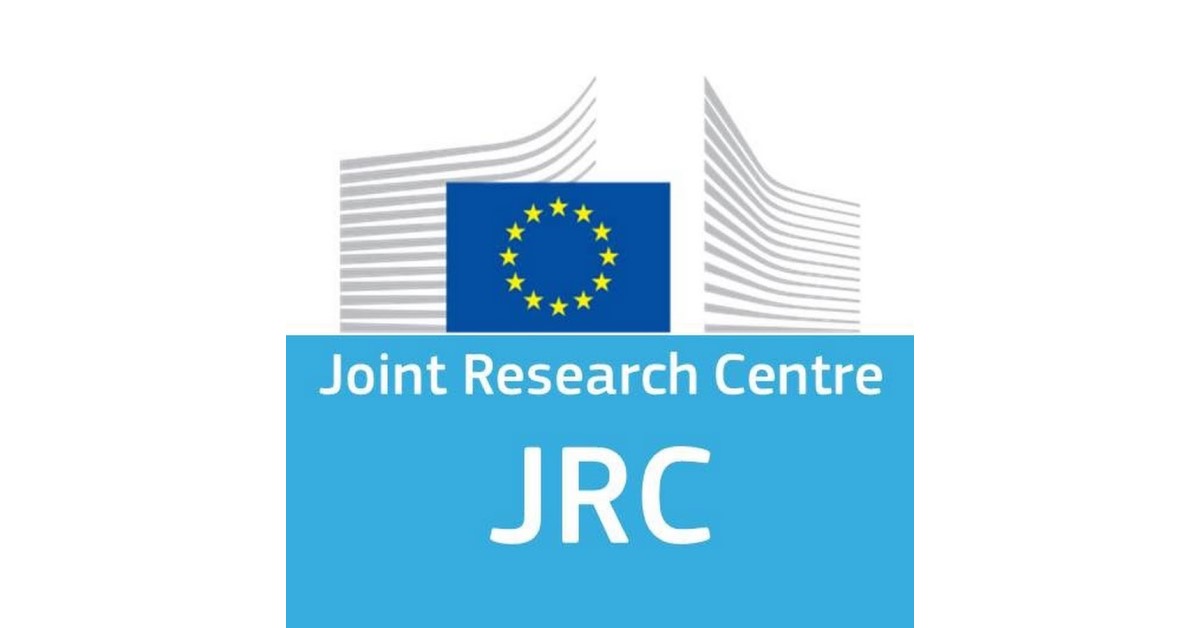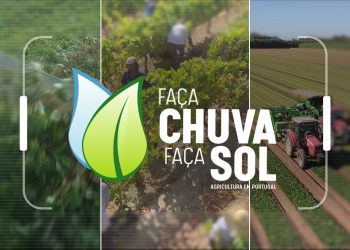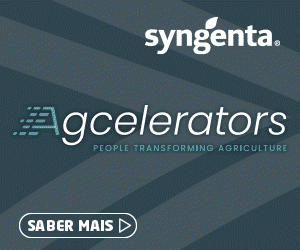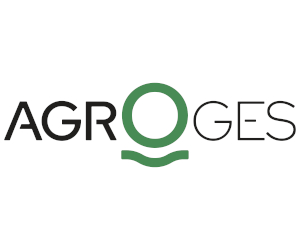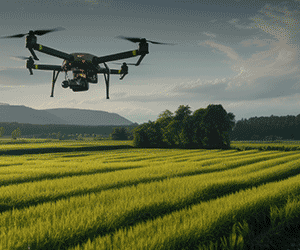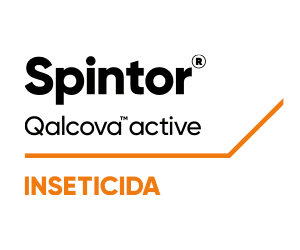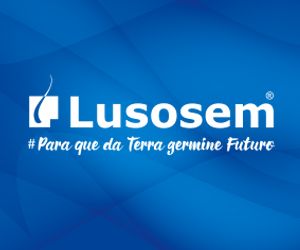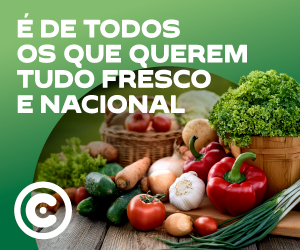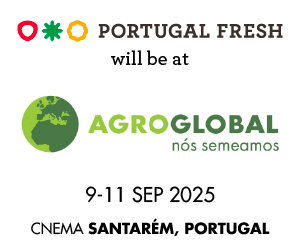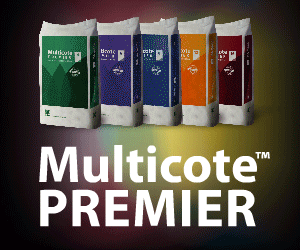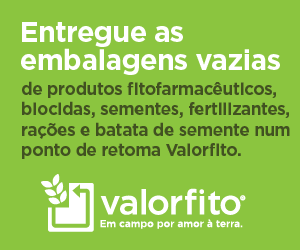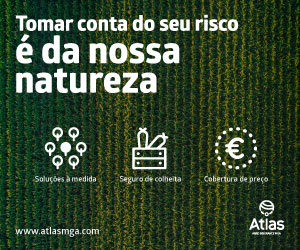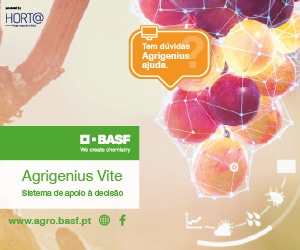More sustainable choices for public food
A new JRC report outlines sustainable criteria for public food procurement: how schools, hospitals, or public institutions buy, source and manage food and drinks.
The proposed criteria aim to promote healthier and more sustainable food options, whether prepared and served in the canteen, through catering or in vending machines.
Though not binding, the criteria are intended to help national, regional and local authorities to improve the sustainability of the food system and use public procurement of food in a strategic manner to address environmental, social, including health and economic considerations.
Green and sustainable criteria
The novelty of this approach lies in its comprehensive nature. The report includes best practices and tools inspired by an all-round concept of sustainability. It investigates environmental, social, economic and health aspects, including animal welfare and diets.
The environmental aspects build and expand on green public procurement criteria. The proposed criteria cover organic farming, fair and ethical products; more sustainable fish; animal welfare; preventing food waste; and staff training. Attention is given to sustainable agricultural practices and short supply chains, as well as to working conditions and the inclusion of vulnerable groups.
Nutrition in the foreground
The newly developed criteria highlight the need, as recommended by nutritional guidelines at national levels, to shift to a diet rich in fruits, vegetables, legumes, whole grains, nuts and seeds, while reducing salt, free sugars, saturated fats, alcohol and red and processed meat.
Both the environment and health can benefit from such dietary changes. Careful attention should be given to the target population of procurement contracts, including vulnerable people such as children, older adults, or hospitalised patients. Promoting age-specific adequate nutrition is key to preventing non-communicable diseases.
Practical guidance for application
The proposed criteria are presented as a practical list covering different procurement needs for food, food services or vending machines. This ensures flexibility for policymakers and contracting authorities, who can choose and implement the sustainable public procurement criteria that best fit their needs.
All criteria presented are coupled with clear verification mechanisms for compliance checks and monitoring, such as certification schemes and declarations. Whenever possible, criteria are coupled with examples and best practices from real-world implementation of the sustainable public procurement criteria at national and local levels.
The report outlines supporting tools for implementation, such as a life cycle assessment to evaluate environmental impacts; guidelines and strategies for nutritional criteria; and monitoring and evaluation. It also covers market dialogue and stakeholder participation, as criteria must be supported by capacity-building, stakeholder engagement, and a supportive policy environment.
Vision for Agriculture
Public food procurement plays a key role in shaping the food system and promoting sustainability. Strengthening the role of public procurement is one of the areas of action in the Vision for Agriculture and Food.
O artigo foi publicado originalmente em JRC.








